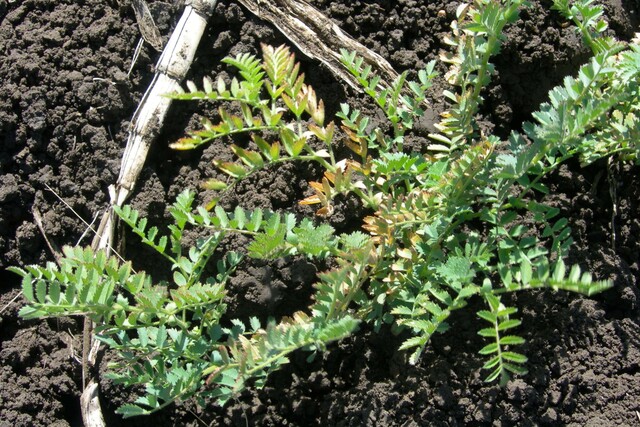Australian growers are removing more potassium (K) from their soils than they are putting back, putting crop performance at risk.
To help address this, Grains Research and Development Corporation (GRDC) is investing $5.8 million in a project led by The University of Queensland (UQ), with the aim to help growers manage potassium loss and adjust fertiliser decisions accordingly.
GRDC sustainable cropping systems manager Dr Cristina Martinez said crops often removed more potassium, a nutrient vital for water regulation and nutrient transport in plants, than what was added as fertiliser.
“This ongoing loss is making more farmland marginal or deficient in potassium. It’s been a known issue in sandy soils, but now we’re seeing it in heavier soils too,” she said.
“Adequate potassium nutrition helps plants withstand stress from drought and disease pressure, while deficiencies can result in stunted growth, reduced root development and overall yields.
“This project will help growers spot potassium deficiency early and apply the right fertiliser, in the right place, at the right time. It’s about giving them practical tools and advice to improve fertiliser use efficiency and get the best return on investment.”
The four-year project, with a total value of $9.4m, will deliver recommendations and testing guidelines for growers, backed by new research to ensure the advice is up to date and reliable.
It will also look at how soil type and mineralogy affect potassium availability, using lab work, glasshouse studies and field trials.
This project complements research already underway in Western Australia through the Soil Water and Nutrition (SWAN) collaboration, where the focus is on lighter, sand-textured soils.
UQ’s Professor Michael Bell, who heads the project, said potassium is an essential plant macronutrient.
“Even though crops absorb a lot of potassium (similar to nitrogen), only a small amount is actually removed when the crop is harvested. The exception is when crops are harvested for hay which removes nearly all the potassium,” Professor Bell said.
“For grain crops, most of the potassium stays in the leftover plant material and returns to the soil. In sandy soils, it can move deeper with water. But in heavier soils, potassium tends to stay near the surface.
“How potassium is spread through the soil affects how well crops can access it, especially depending on when and where the soil is moist.”
Professor Bell said the project would test how crops responded to potassium fertiliser in different soil types and regions in the northern and southern grains region.
“The relationship between soil test potassium status and fertiliser responses will be used to improve indicators of deficiency and likely responses to future fertiliser application,” he said.
“We’ll also undertake more detailed research to explore the effectiveness of different application strategies (broadcast, drilled, deep banded and foliar), the residual value in subsequent crop seasons and the efficiency of recovery of applied K fertiliser.”

